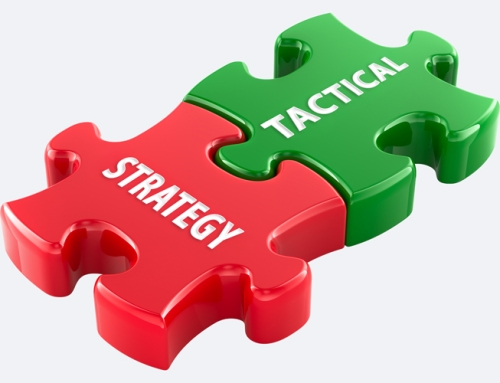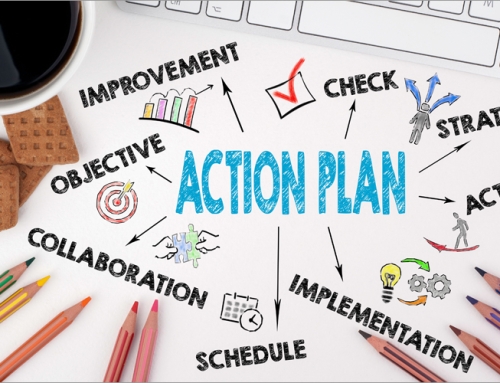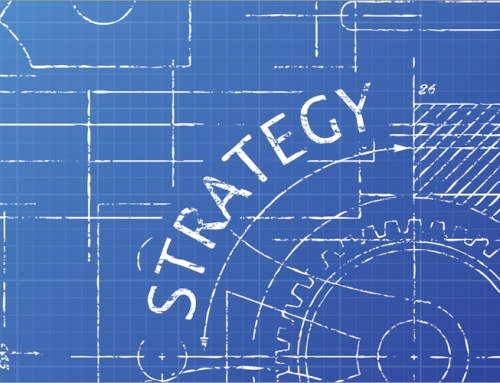I recently met with the CEO of a mid-sized manufacturing company producing industrial components for the automotive sector. Despite years of building a strong reputation, expanding production, and maintaining solid customer relationships, sales were stagnating, margins were shrinking, and competitors were winning deals that should have been his. He had tried the usual fixes—sales training, pricing adjustments, and doubling down on trade shows—but nothing moved the needle.
When I asked how well he understood his competitors and market shifts, his response was telling: “We’ve done competitive analysis before, but I’m not sure how much has changed.” That was five years ago. His business was operating on an outdated playbook while competitors adapted in real-time. Markets evolve, and if your strategy doesn’t, your business will fall behind. Competitive market intelligence isn’t just a luxury, it’s a necessity for protecting and growing market share.
In today’s fast-paced landscape, businesses must make informed decisions to remain competitive. Competitive analysis is crucial, allowing organizations to understand their market, identify opportunities, and refine their approach for both short-term gains and long-term success. By assessing the competition, businesses can position themselves strategically, adapt quickly, and create sustainable differentiation.
Competitive analysis goes beyond simply knowing who your competitors are; by analyzing competitor strategies, businesses can uncover gaps in the market and areas where they can stand out. Understanding competitors’ pricing, product development, customer service, and overall brand messaging helps organizations refine their own approach, ensuring they stay relevant and appealing to their target audience.
One key benefit of competitive analysis is its ability to optimize marketing efforts. Businesses can adjust messaging and outreach based on what resonates most. If a competitor dominates a segment, companies can tailor strategies to either compete directly or target an underserved market. Additionally, competitive analysis strengthens sales positioning by equipping teams with insights to overcome objections, highlight differentiators, and articulate unique value propositions effectively.
In the short term, competitive analysis helps businesses improve products and services. By closely monitoring competitors, companies can stay responsive to emerging demands, leading to better offerings and customer experiences that drive revenue growth. Furthermore, understanding competitor performance enables businesses to seize market opportunities. If a competitor struggles with inefficiencies or negative customer experiences, companies can leverage this weakness to capture market share.
Over the long term, ongoing competitive analysis provides sustainable advantages. Companies that continuously evaluate competitors develop differentiation strategies that are difficult to replicate, creating a unique market presence and building brand loyalty. Additionally, integrating competitor insights into strategic planning allows businesses to anticipate market shifts, respond to evolving customer expectations, and stay ahead of industry developments.
Another major advantage of competitive analysis is fostering a culture of continuous improvement. Organizations benchmarking themselves against industry leaders can identify areas for innovation and agility. Understanding what works well in the market allows businesses to adopt best practices while creating unique value propositions. This forward-thinking approach helps companies remain resilient in changing conditions and evolving consumer preferences.
To maximize competitive analysis, businesses should integrate it as a continuous process rather than a one-time exercise. The first step is defining key competitors, including direct competitors offering similar products and indirect competitors influencing customer decisions. Once competitors are identified, companies should consistently gather data to build a comprehensive competitive understanding.
Continuous monitoring and adaptation are key to maintaining a competitive edge. The market is constantly evolving, and companies must stay agile to respond to new threats and opportunities. Regularly reviewing competitor activities, analyzing industry trends, and adjusting strategies ensures businesses remain relevant. Leveraging data analytics and technology-driven insights provide real-time updates on competitor performance, allowing proactive decision-making.
Competitive analysis is essential for B2B, manufacturing, and related companies looking to thrive in a dynamic business environment. Embedding it into both short-term initiatives and long-term planning helps businesses gain a sustainable edge, drive growth, and refine market positioning. The key is making it an ongoing effort rather than an occasional task. Organizations prioritizing competitive analysis will be better equipped to navigate challenges, seize new opportunities, and establish themselves as industry leaders.
Does your business have a structured competitive analysis process? More importantly, do you have unbiased clarity on where you stand? A marketing partner can offer an outside-in perspective, identifying blind spots and uncovering overlooked opportunities. Now is the time to integrate competitive intelligence into your strategic planning for sustained success.
Deborah Daily is co-owner of Buckaroo Marketing | New Media.
Published: May 30, 2025
Website Link: Inside Indiana Business – 05-30-2025
PDF Version: Inside Indiana Business – 05-30-2025 (PDF Format)






